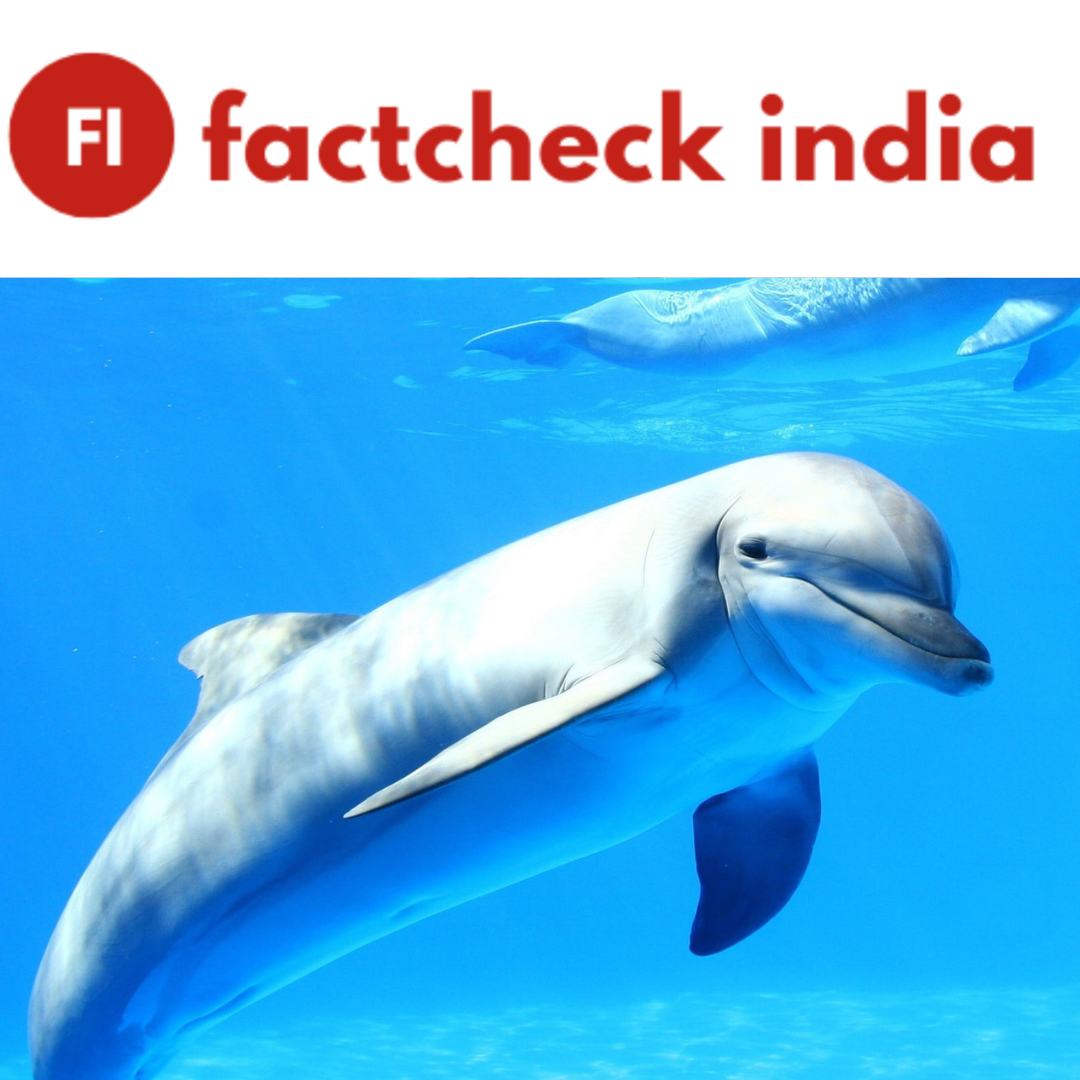Beneath the murky waters of India’s sacred rivers swims a species on the edge: the Gangetic dolphin. These gentle, nearly blind creatures aren’t like the leaping ocean dolphins we often imagine. Instead, they swim sideways, remain submerged for long periods, and navigate the currents using high-pitched echolocation clicks. They’re survivors from another era — often described by scientists as “living fossils.”
Found mostly in the Ganges-Brahmaputra river systems, these dolphins are India’s national aquatic animal, and now, thanks to a landmark survey, we know just how many remain: 6,327 across 58 rivers in 10 Indian states. Of these, 6,324 are Gangetic dolphins, while only three Indus dolphins — a cousin species more common in Pakistan — were found.
The numbers, while striking, come with urgency. Both dolphin species are officially classified as “endangered” by the International Union for Conservation of Nature (IUCN).
Ancient Creatures in Modern Danger
The Gangetic dolphins have adapted over millions of years to survive in India’s silt-laden rivers. As the sea once submerged large parts of South Asia, these dolphins followed the waters inland. When the oceans receded, the dolphins remained — evolving into freshwater specialists with long snouts and nearly useless eyes.
But evolution can’t prepare them for the modern threats they now face.
Since 1980, at least 500 river dolphins have died in India. Many were entangled in fishing nets or killed deliberately for their meat or oil — used as bait by fishermen. Some simply collided with passing boats.
And that’s only what’s reported. Many local fishermen avoid mentioning accidental killings out of fear of prosecution, quietly disposing of carcasses to avoid the strict punishments under India’s wildlife protection laws, where even accidental deaths are treated as illegal hunting.
The Human Threats — and the Hope
In recent years, India has stepped up conservation efforts. In 2009, the Gangetic dolphin was declared the national aquatic animal. In 2020, an action plan was launched. By 2024, a dedicated river dolphin research center had been established. These moves have led to a slow but hopeful recovery.
Still, new threats are emerging — especially from the booming river cruise tourism industry. Dozens of cruise liners now navigate the Ganges and Brahmaputra. Conservationists warn that the constant noise, vessel traffic, and water pollution could have devastating effects.
“There’s no doubt that disturbances from cruises will gravely impact the dolphins,” warns renowned conservationist Ravindra Kumar Sinha, who fears that the Gangetic dolphin could follow the same tragic path as China’s now-extinct Yangtze River dolphin, or Baiji.
A Fragile Future
Unlike ocean dolphins, river dolphins have poor vision and low swimming speeds, making them especially vulnerable to fast-moving boats and underwater hazards. Their reproductive cycle is slow — females give birth to a single calf every two to three years, and they mature only after six to ten years.
Despite all this, experts like Mr. Sinha remain cautiously optimistic. “We’ve come a long way in terms of awareness and government involvement,” he says. “But there’s still a long road ahead.”
The fate of India’s river dolphins lies not just in policies or patrols, but in the collective will to preserve one of the planet’s oldest aquatic wonders — before silence replaces their sonar clicks in the rivers they’ve called home for millions of years.


A person necessarily lend a hand to make severely posts I might state. That is the very first time I frequented your website page and thus far? I amazed with the research you made to create this actual post amazing. Magnificent activity!
You should take part in a contest for one of the best blogs on the web. I will recommend this site!
Hi there, just changed into alert to for Factcheck India through Google, and found that it’s really informative. I am gonna watch out for brussels. I’ll appreciate should you proceed this in future. Numerous people might be benefited from factcheck India’s team of writers/factcheckers and journalist whose writing is really good. Cheers!